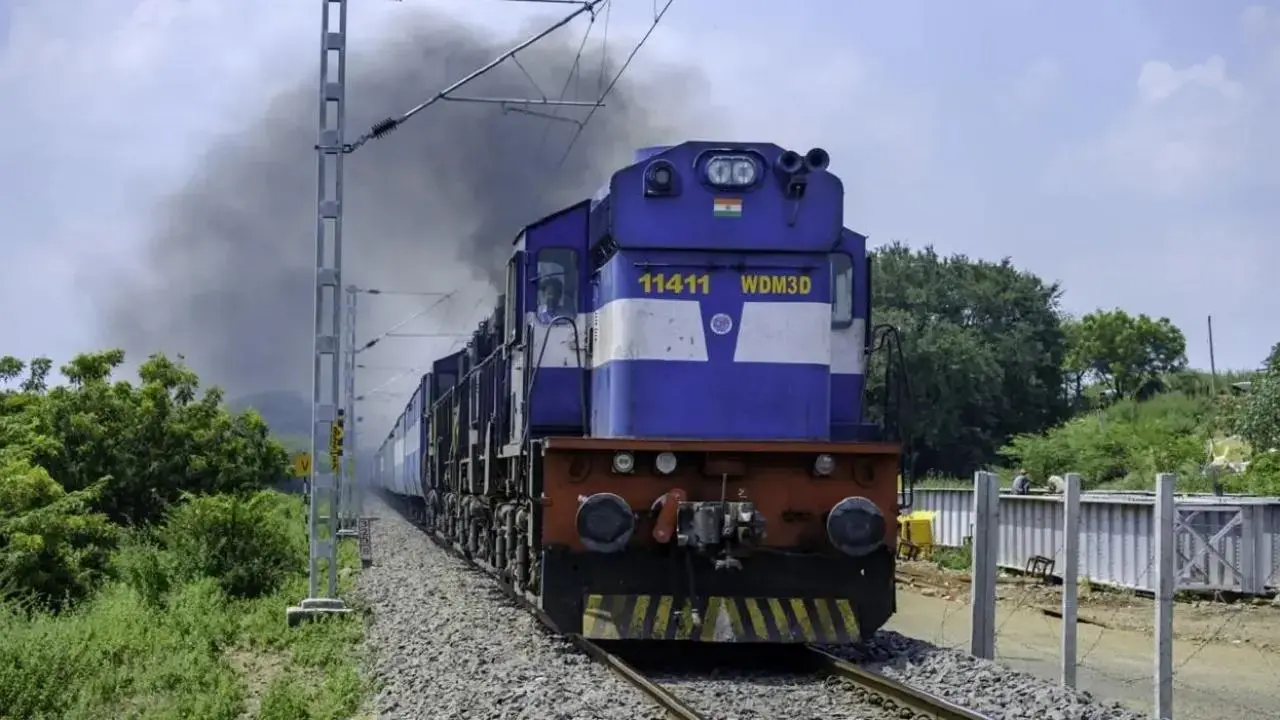The forest department’s plan to capture 50 leopards in Junnar, Pune district, to address the rising human-wildlife conflict has drawn criticism from wildlife enthusiasts and experts who argue that the proposed random trapping of leopards is an unscientific and ineffective solution. So far in 2025, four human deaths due to leopard attacks have been reported in Pune district, compared to eight in 2024. Conservationists suggest that instead of indiscriminately capturing leopards, the department should focus on identifying and capturing only those big cats that were actually involved in attacks.
A few days back, Deputy Chief Minister and Guardian Minister of Pune district, Ajit Pawar told the local media that 50 leopards from the district will be relocated to the animal rescue and rehabilitation centre in Jamnagar, Gujarat. There are also plans to set up a rescue and rehabilitation facility in Pune district, which would be able to accommodate 200 leopards.
After the district witnessed four human deaths this year, there has been pressure on the forest department from the villagers to trap the leopard to prevent further conflict. However, the statement by the deputy chief minister to capture and relocate the leopards has not gone down well with wildlife lovers and experts.
Wildlife Conservationist Kedar Gore from the Corbett Foundation said capturing leopards in such large numbers is a knee-jerk reaction to address a decades-old problem. “For long, we have tried to cope with it as coexistence, which has limitations and works only as long as human lives are not lost. Population management of wildlife, especially large carnivores, outside protected areas is a huge challenge and needs long-term planning in anticipation of minimising negative human-wildlife interactions. Maharashtra should have developed a state-of-the-art infrastructure many years ago to house big cats involved in negative interactions. Coexistence cannot be stretched beyond a point. However, trapping leopards randomly will never solve this problem. It may, at the most, reduce negative interactions for some time, but cannot eliminate them completely. It would be a huge challenge to trap such a large number of leopards, and trapping without a long-term plan would be counter-productive,” said Gore.
Advocate Pawan Sharma, founder and president, Resqink Association for Wildlife Welfare (RAWW), said the unscientific capture of leopards can never be a solution, and we have lessons from the past decades which are evident enough to not opt for the same.
“Removing leopards from a landscape is a recipe for disaster, which will have an immediate impact on the target species, and gradually impact the whole food chain, including indirect effects on humans as well. The attacks on humans are a serious concern for which a scientific study needs to be conducted, followed by necessary actions.”
He added, “The Mumbai model from Sanjay Gandhi National Park [SGNP] and Aarey is an excellent one for reference of a successful human-leopard interaction and conflict mitigation programme by the forest department. The department here is aware of the movement and activity pattern of maximum leopards of SGNP and Aarey due to regular monitoring exercises done through camera trapping and other necessary techniques. It is also important to find out how many deaths have happened due to human errors and how many due to unnatural behaviour of the predators, and based on that, both issues need to be addressed, making sure that human error can be avoided and problem animals systematically removed,” said Sharma.
The human-leopard conflict in the Junnar region has been a political issue, not just during Lok Sabha elections but also during the Maharashtra Assembly elections.
During the elections, leaders contesting from the Assembly segment assured voters that, if elected, they would work closely with the forest department to address issues related to human-wildlife conflicts.
50
No. of leopards to be relocated











